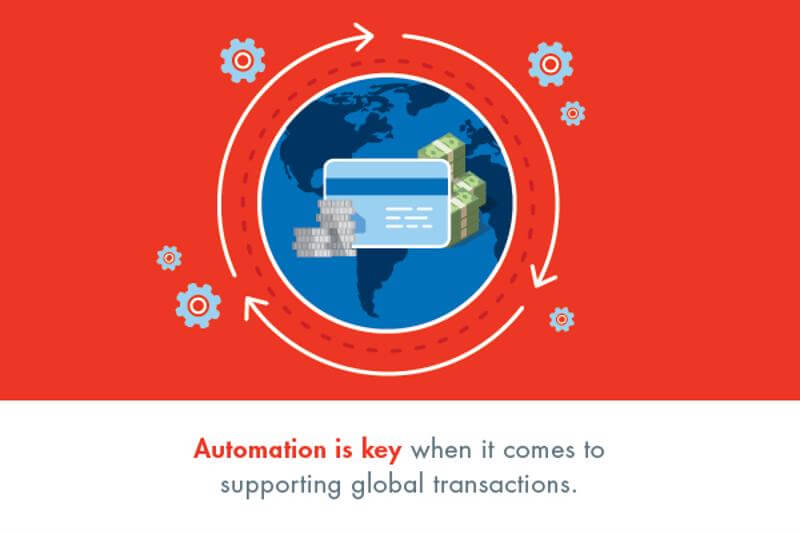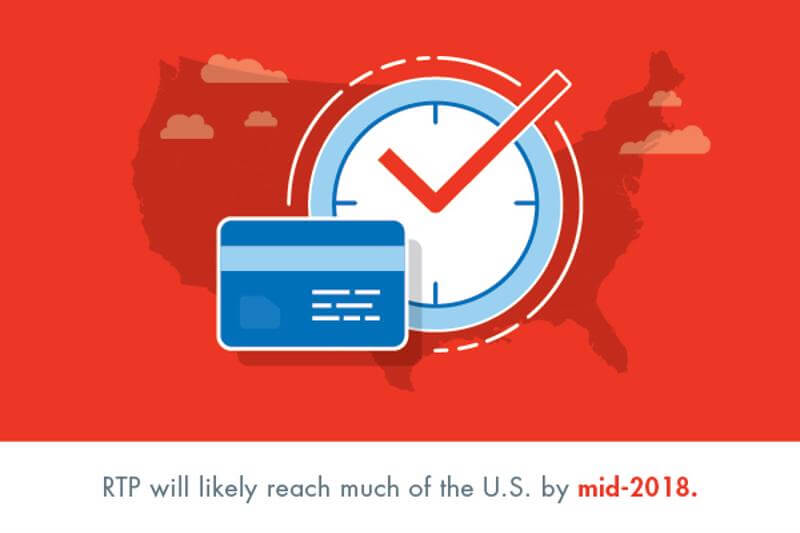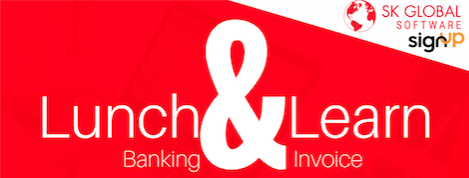It is now easier than ever for companies to reach a global audience. There aren’t as many barriers standing between businesses and their clients, and goods and services can be delivered nearly anywhere.
This doesn’t mean, though, that multinational organizations don’t face unique challenges, and this is especially true when it comes to their accounting and banking needs. Enterprises that provide services in more than one country must have a robust support network in order to make these global transactions work.
Global banking relationships: Technology integration
“Enterprises that provide services in more than one country must have a robust support network in order to make these global transactions work.”
Among the most critical considerations here are the relationships multinational businesses maintain with their banking partners. Companies must have partnerships with both large, expansive banks, as well as smaller, local banks, depending upon their operations and geographic regions they serve. As Treasury Practice Lead Craig N. Martin wrote for the Association for Financial Professionals, managing these relationships can be a challenge.
“Fundamentally, there is an underlying tension between having a wide enough banking group to provide all the services required and a small enough number of banks that can be managed efficiently and rewarded appropriately,” Martin noted.
Not only is this a time-consuming process – which, as Martin pointed out, grows exponentially more time-intensive as the number of banking partnerships an organization has increases – but maintaining these relationships is also incredibly complex.
One way to address these challenges head-on is with an automated banking solution that supports robust integration. In this way, multinational and global organizations can create more effective connections with their banking institutions, enabling important automated functions like vendor payment and customer payment, which we’ll discuss further below.
This level of integration is imperative for global companies. Capabilities like this can considerably simplify management of banking relationships, while also cutting down on the time it takes to reconcile payments – a benefit for business user accountants, their banking partners and the company’s customers.
Streamlining payment with automation
As noted above, automation is key when it comes to supporting global transactions. In the past, critical functions like cash management, vendor payment and customer payments were all done manually by a company’s internal finance team. This wasn’t just considerably time-consuming – it was also problematic for vendor partners and clients as they waited for payment to be matched up and reconciled.
Thankfully, these challenges can be addressed with advanced automation, like that provided by SKsoft leading banking and treasury solution. Global companies should seek out technology that offers:
- Unattended reconciliation as well as customizable matching and mapping capabilities for cash management.
- Printed check protection and email notification for automated vendor payments.
- Auto-matched invoices for processing automated customer payments.
Multinational companies supported by treasury solutions that include these automated functions put themselves in the best position to streamline payments to customers and partners, prevent delays and increase overall satisfaction.
 SK Global Software
SK Global SoftwareStaunch security
Finally, multinational companies seeking to better support their global transactions must have robust security and risk management capabilities. In the current threat environment, any company can be a target for hackers, especially those with larger revenue streams spanning multiple countries.
For these reasons, global businesses must have an automated banking suite that includes security for processing payments according to PCI DSS standards, as well as protection against fraud. These measures can help guard against data breaches and fraudulent activity, ensuring that file and payment transfers are safeguarded and customers as well as business finance managers have peace of mind.
Managing global transactions can be a challenge, but with an automated banking solution that supports integration as well as security, multinational companies can put themselves on the path to success. Contact SKsoft today to find out more.

 RTP is coming to the U.S. – and fast.
RTP is coming to the U.S. – and fast.